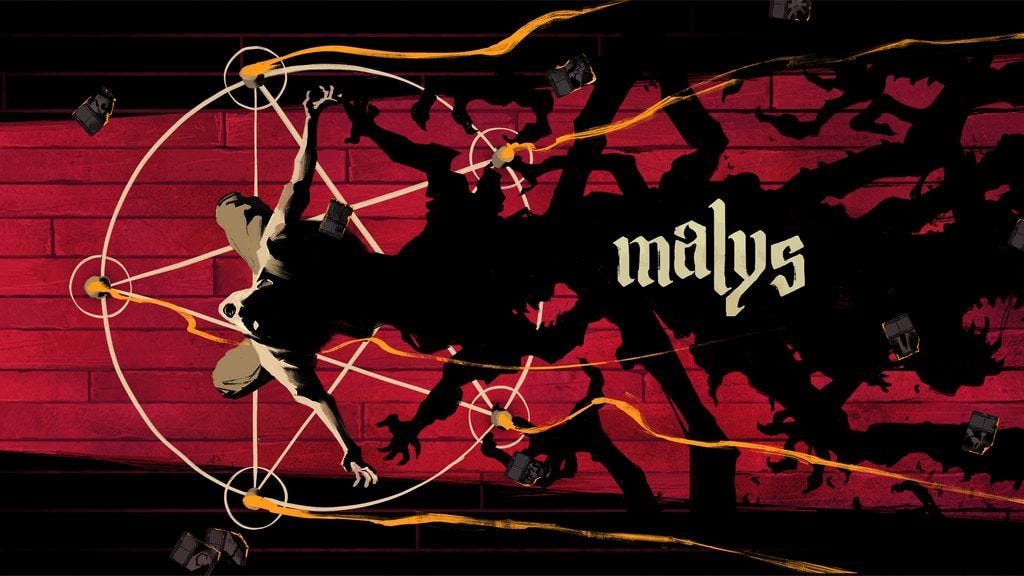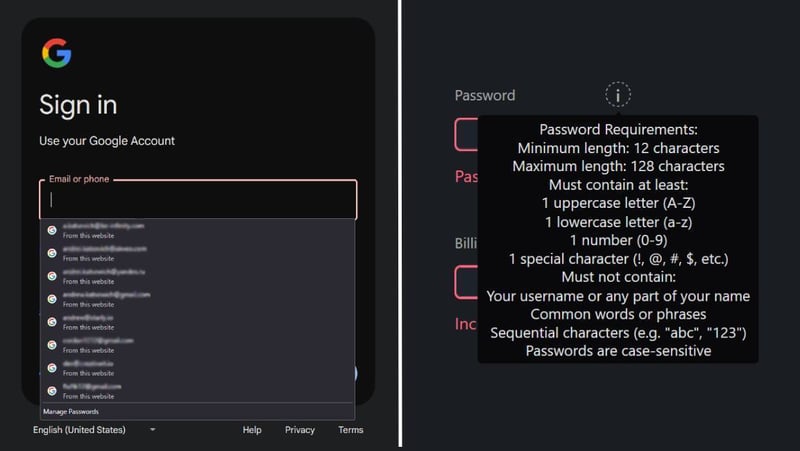Should the Backend Be “Beautiful”?
When we talk about software development, the word beautiful is usually reserved for sleek UIs, smooth animations, or elegant design systems. But what about the backend? Should it be “beautiful” too? The answer is: absolutely yes. What Does “Beautiful” Mean in Backend Development? In the context of backend development, beauty doesn’t mean visual aesthetics—it means clarity, structure, and maintainability. A beautiful backend is one that: Has clear and consistent architecture Is easy to read and navigate Uses descriptive naming conventions Handles errors gracefully Is well-documented Follows SOLID principles and design patterns where appropriate Just like a beautifully written novel, a clean backend communicates its purpose and flow to other developers (or your future self) without confusion. Why It Matters Scalability: A well-structured backend makes it easier to add features without breaking existing functionality. Collaboration: Teams are more productive when they can easily understand each other’s code. Debugging: Clean code makes bugs easier to spot and fix. Onboarding: New developers can get up to speed faster with a tidy codebase. Pride in Work: Developers are more motivated when working on systems that feel crafted, not cobbled together. Code That Feels Right Backend beauty often comes from small things: Using async/await properly instead of nested callbacks Keeping controller methods lean and business logic in services Writing unit and integration tests Designing meaningful API responses Avoiding "magic" code that's hard to trace Think of your backend like a kitchen in a restaurant. It’s rarely seen by the customers, but if it’s chaotic, dirty, or disorganized—everyone suffers. Final Thoughts “Beautiful” backend code might not get likes on Twitter, but it creates long-term value. It reduces technical debt, improves team morale, and gives your product the foundation it deserves. Code is read more than it is written—so make it a pleasure to read.
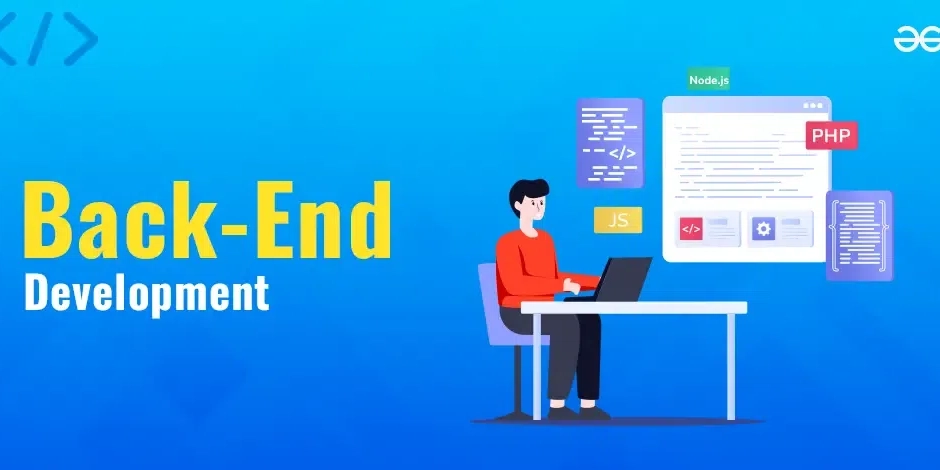
When we talk about software development, the word beautiful is usually reserved for sleek UIs, smooth animations, or elegant design systems. But what about the backend? Should it be “beautiful” too?
The answer is: absolutely yes.
What Does “Beautiful” Mean in Backend Development?
In the context of backend development, beauty doesn’t mean visual aesthetics—it means clarity, structure, and maintainability. A beautiful backend is one that:
- Has clear and consistent architecture
- Is easy to read and navigate
- Uses descriptive naming conventions
- Handles errors gracefully
- Is well-documented
- Follows SOLID principles and design patterns where appropriate
Just like a beautifully written novel, a clean backend communicates its purpose and flow to other developers (or your future self) without confusion.
Why It Matters
- Scalability: A well-structured backend makes it easier to add features without breaking existing functionality.
- Collaboration: Teams are more productive when they can easily understand each other’s code.
- Debugging: Clean code makes bugs easier to spot and fix.
- Onboarding: New developers can get up to speed faster with a tidy codebase.
- Pride in Work: Developers are more motivated when working on systems that feel crafted, not cobbled together.
Code That Feels Right
Backend beauty often comes from small things:
- Using
async/awaitproperly instead of nested callbacks - Keeping controller methods lean and business logic in services
- Writing unit and integration tests
- Designing meaningful API responses
- Avoiding "magic" code that's hard to trace
Think of your backend like a kitchen in a restaurant. It’s rarely seen by the customers, but if it’s chaotic, dirty, or disorganized—everyone suffers.
Final Thoughts
“Beautiful” backend code might not get likes on Twitter, but it creates long-term value. It reduces technical debt, improves team morale, and gives your product the foundation it deserves. Code is read more than it is written—so make it a pleasure to read.





















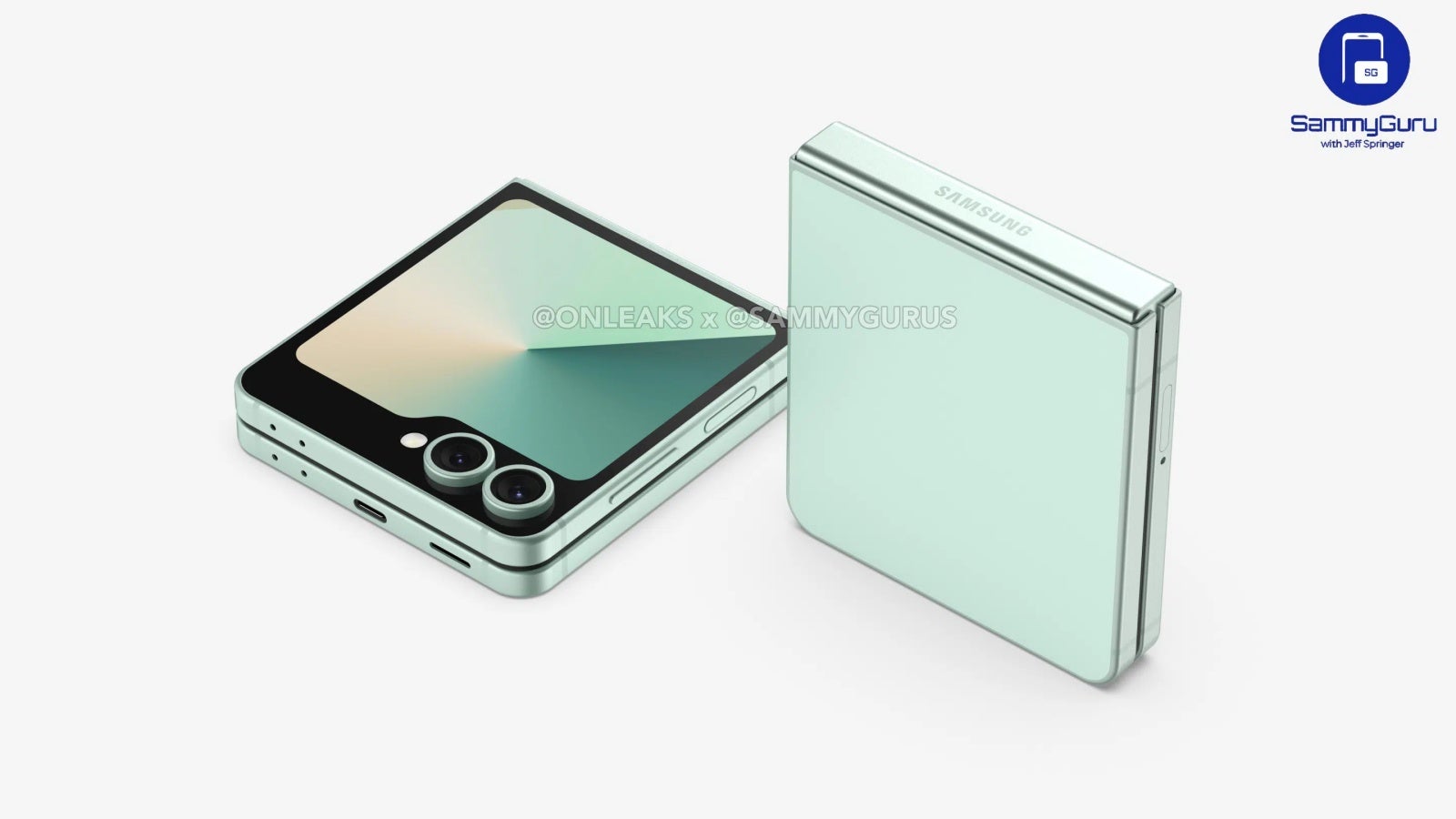
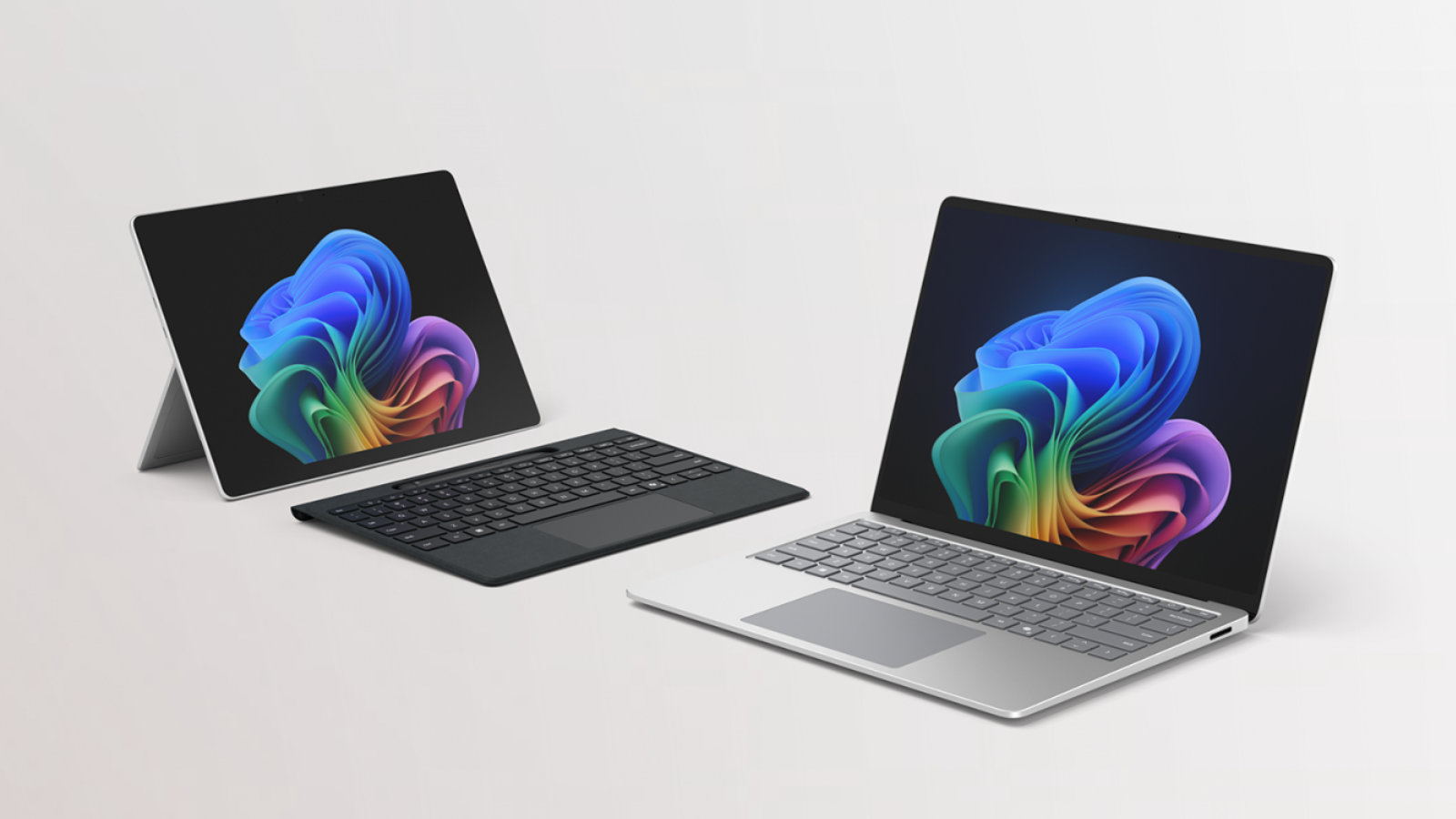




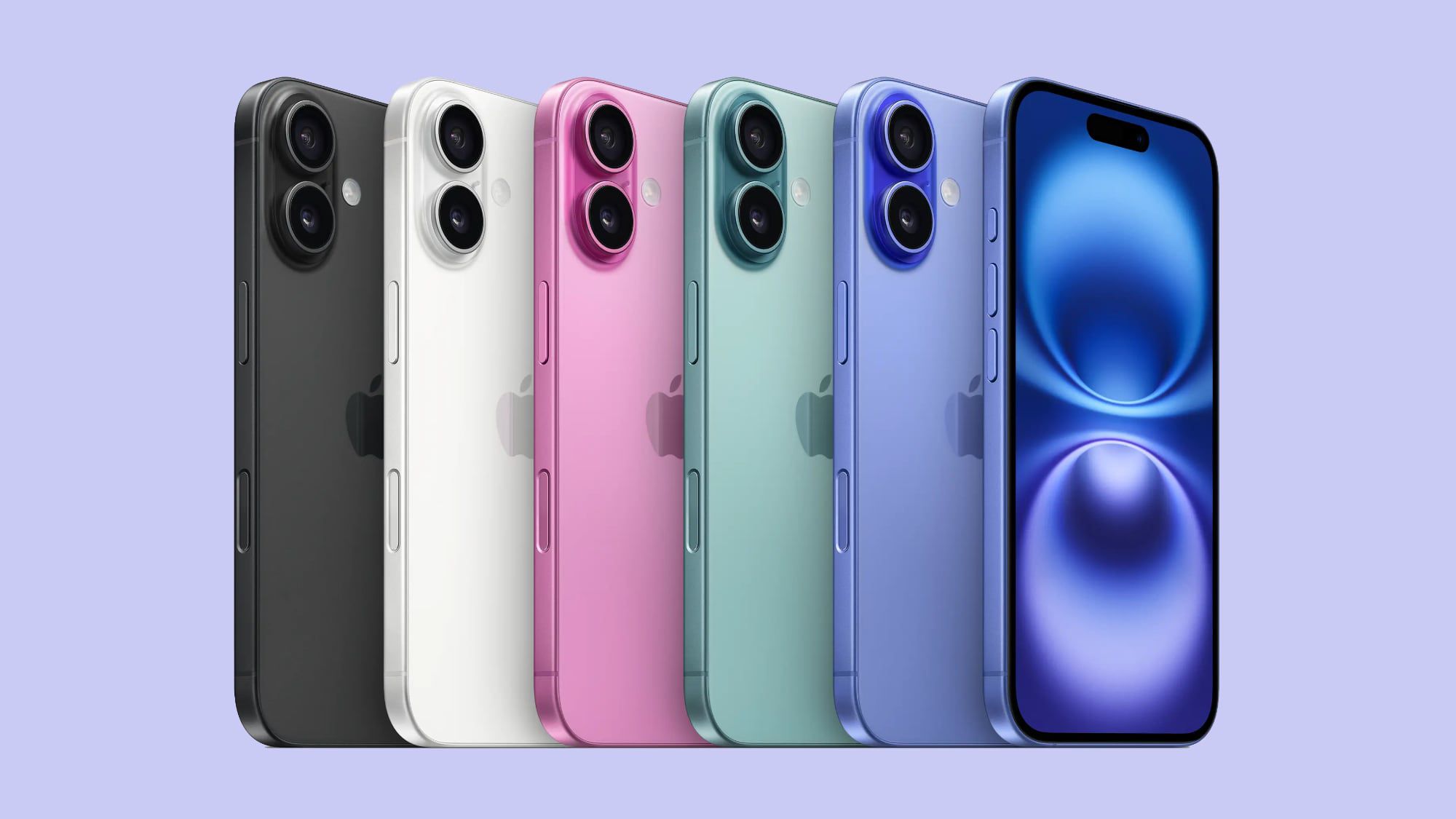

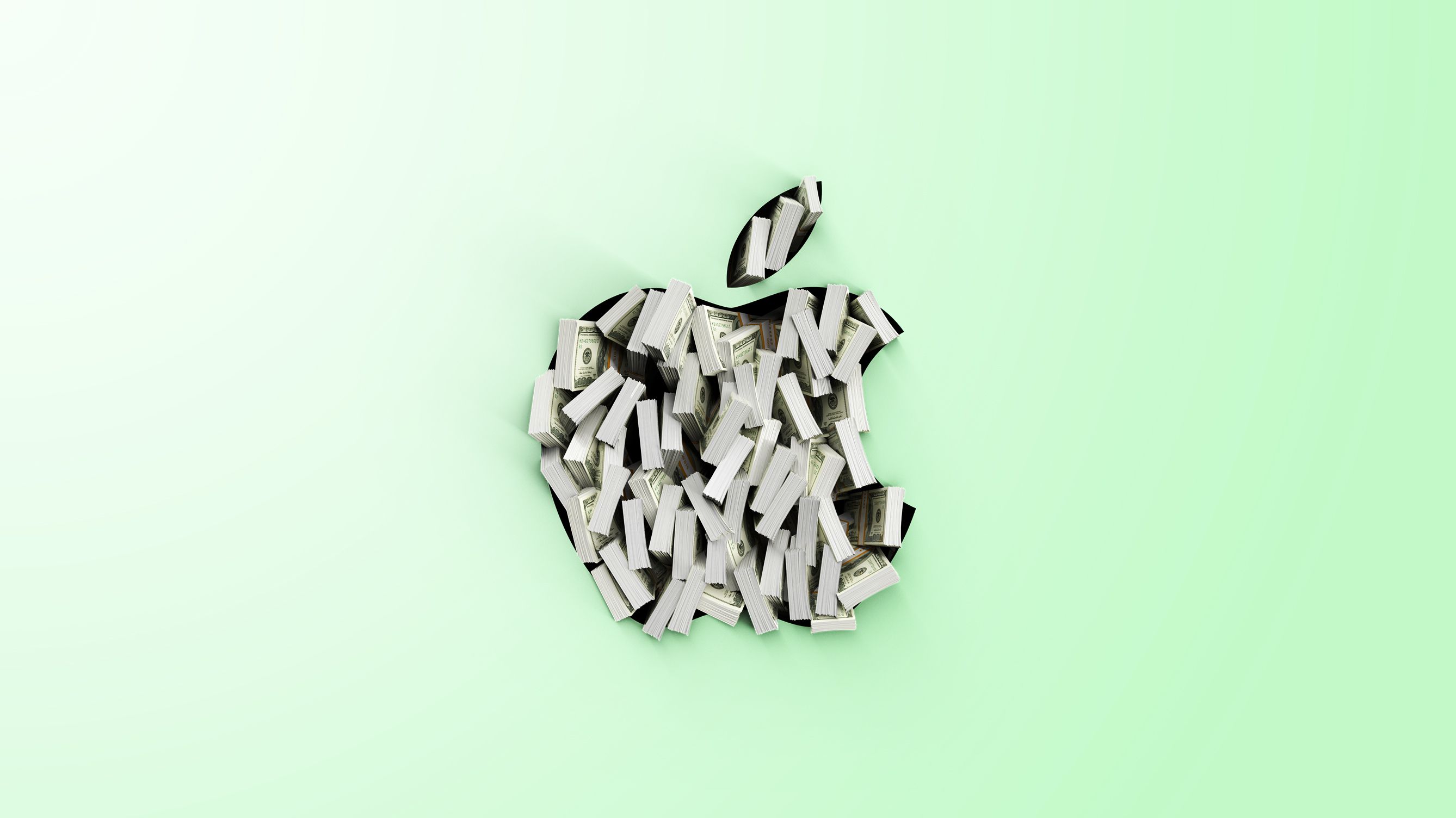



















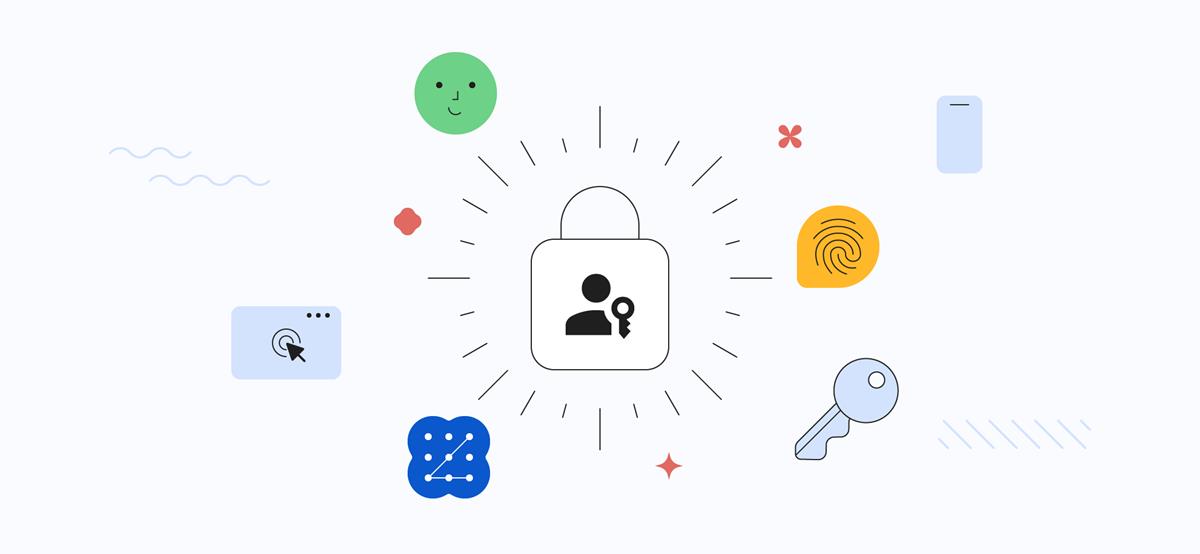
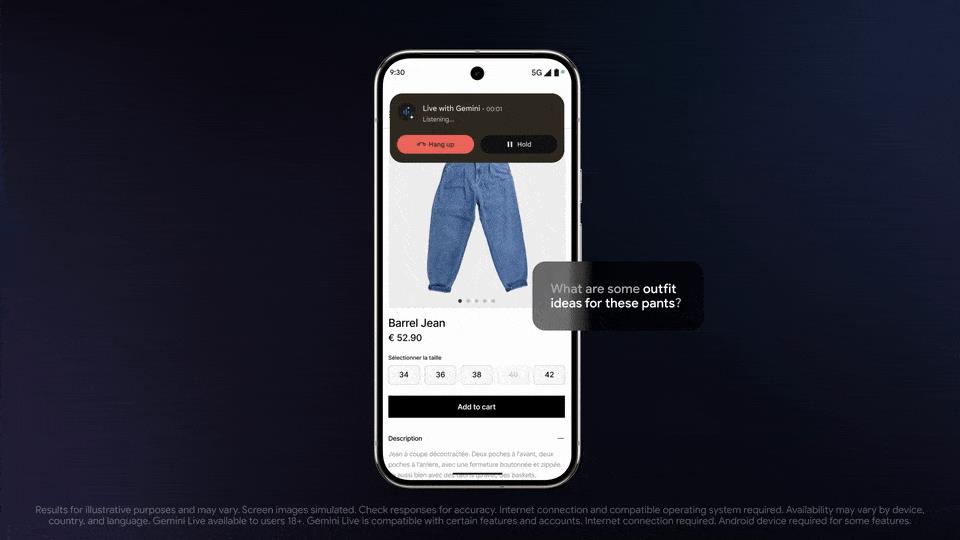
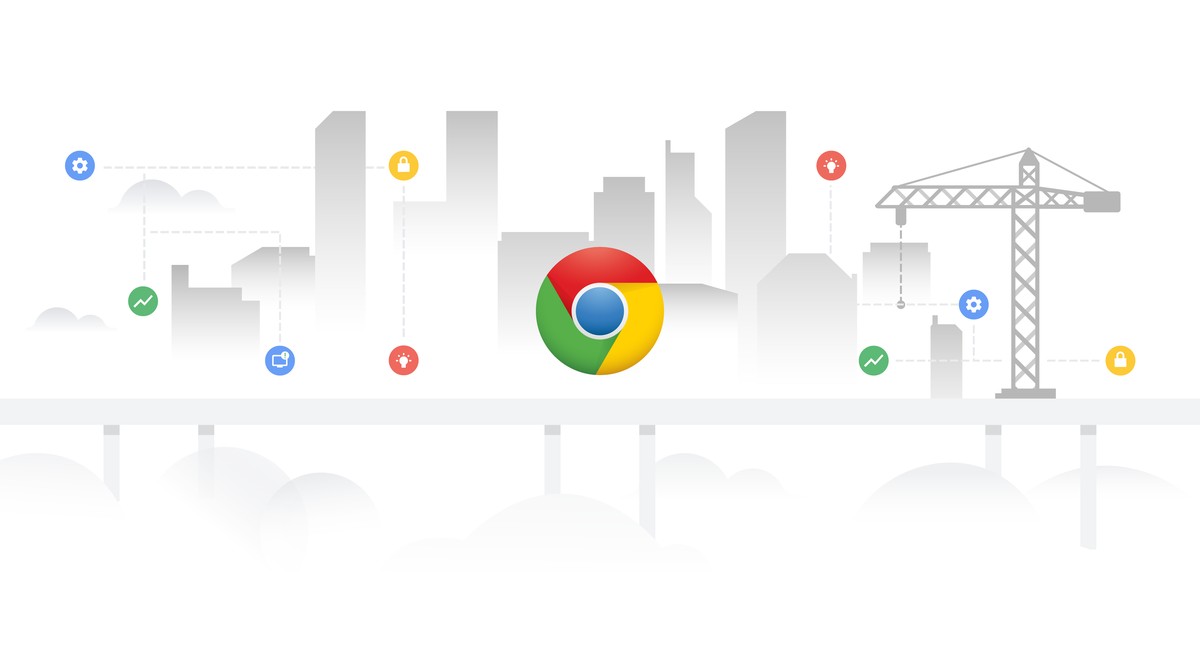




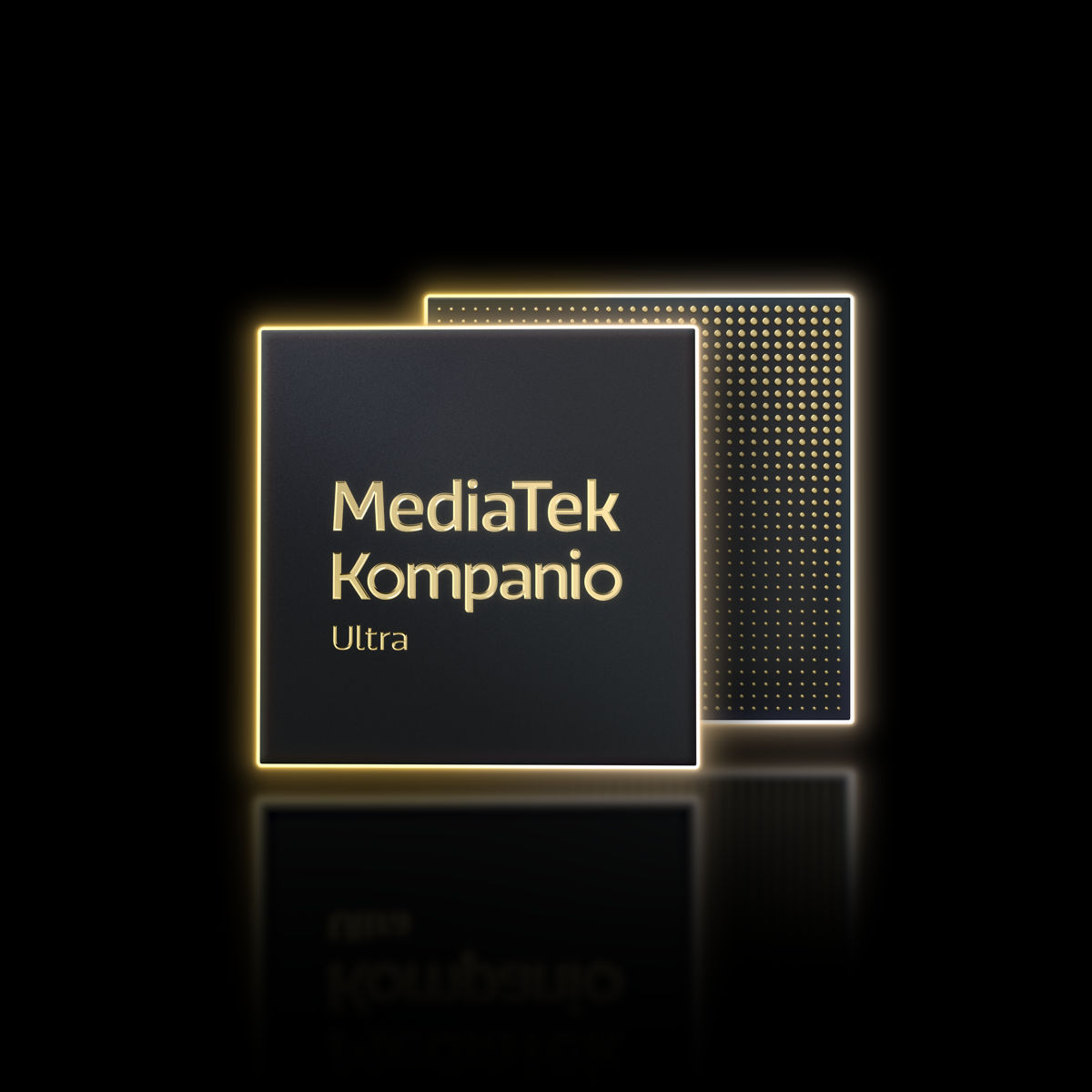
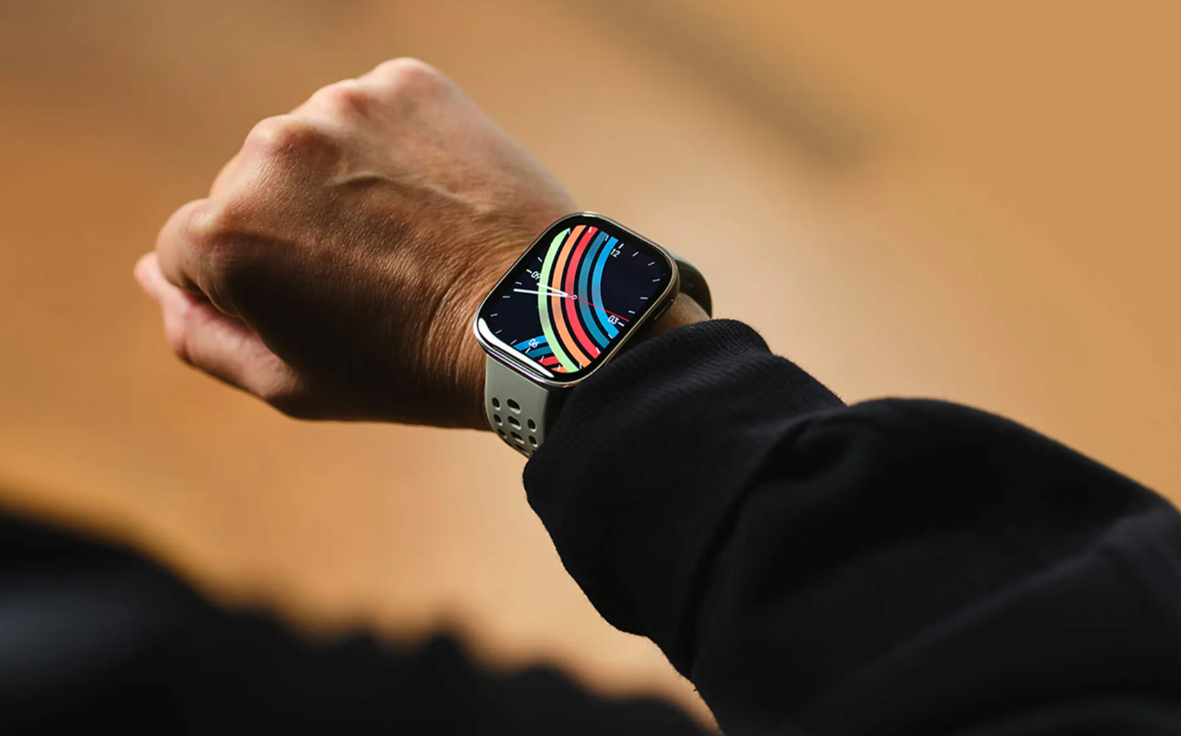











![Apple Releases macOS Sequoia 15.5 Beta to Developers [Download]](https://www.iclarified.com/images/news/96915/96915/96915-640.jpg)
![Amazon Makes Last-Minute Bid for TikTok [Report]](https://www.iclarified.com/images/news/96917/96917/96917-640.jpg)
![Apple Releases iOS 18.5 Beta and iPadOS 18.5 Beta [Download]](https://www.iclarified.com/images/news/96907/96907/96907-640.jpg)




















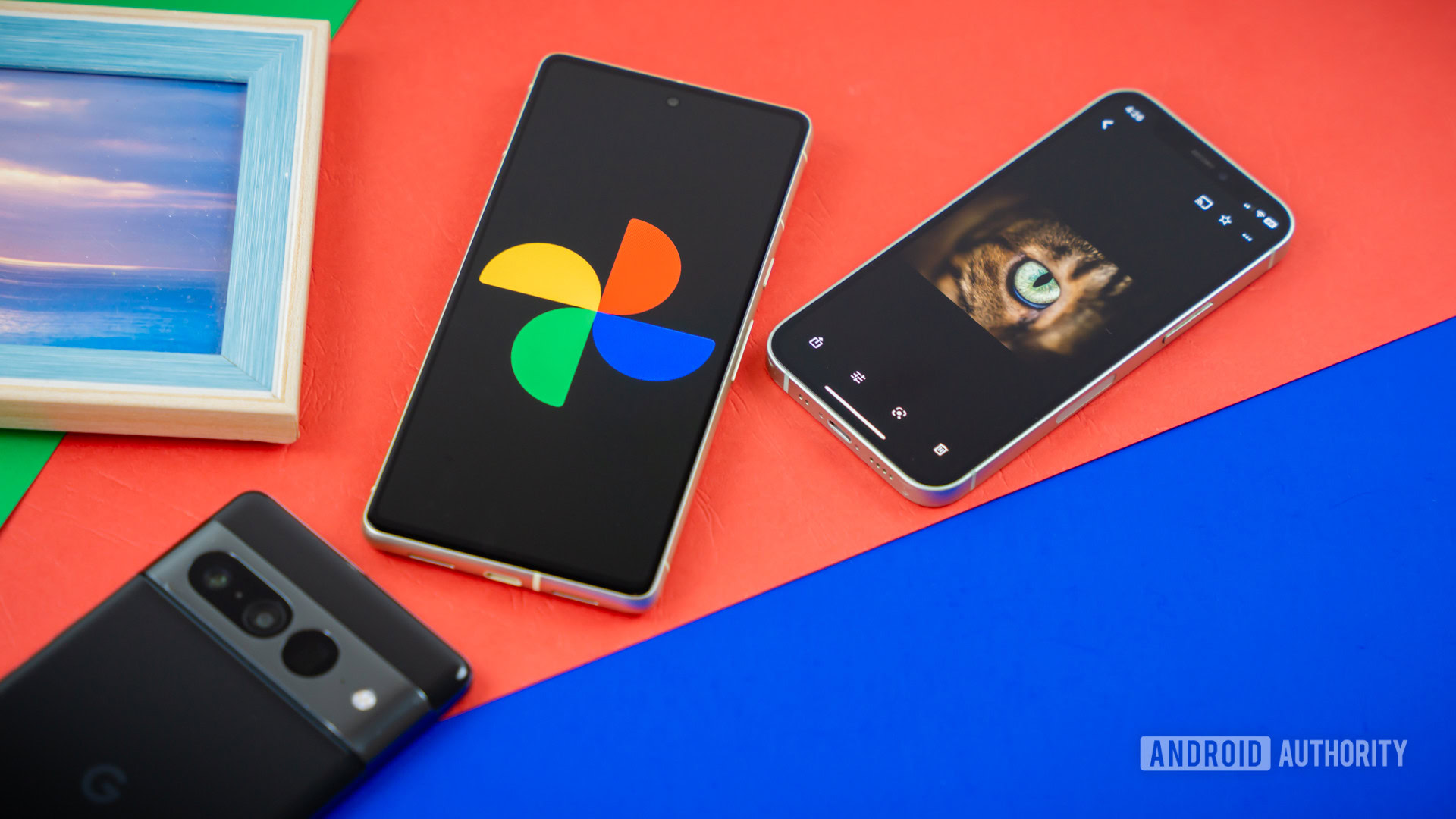








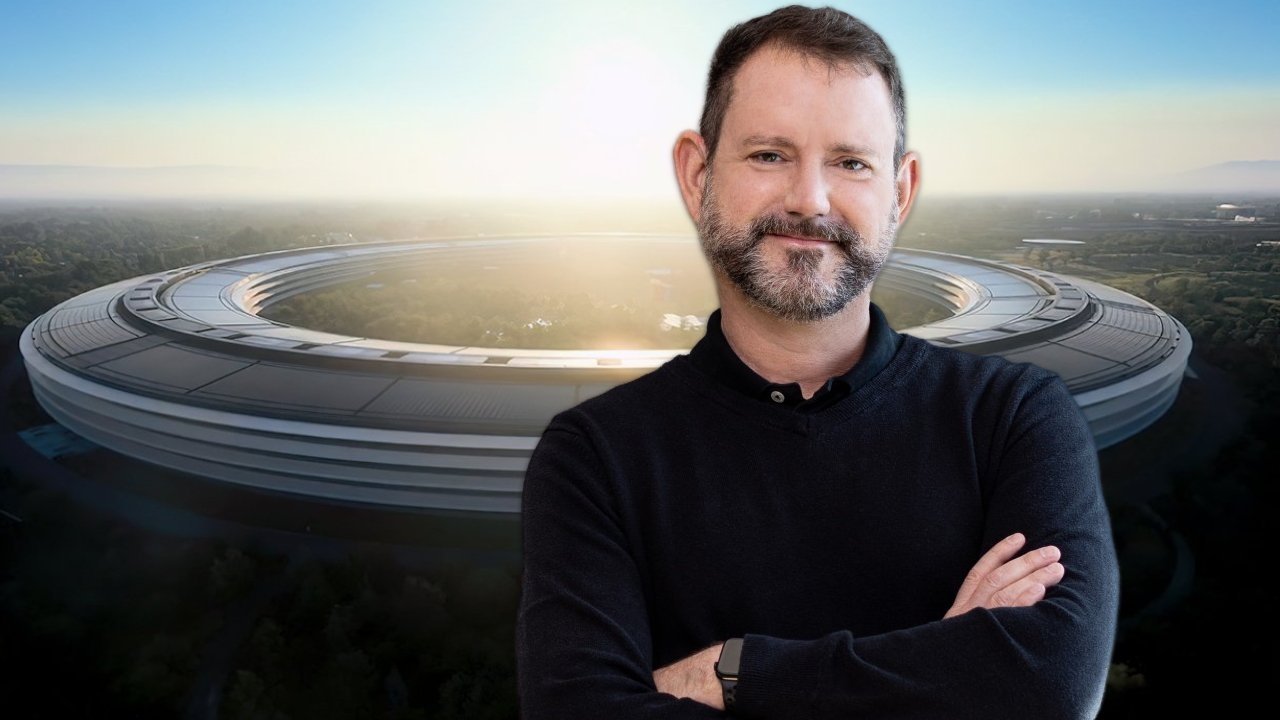





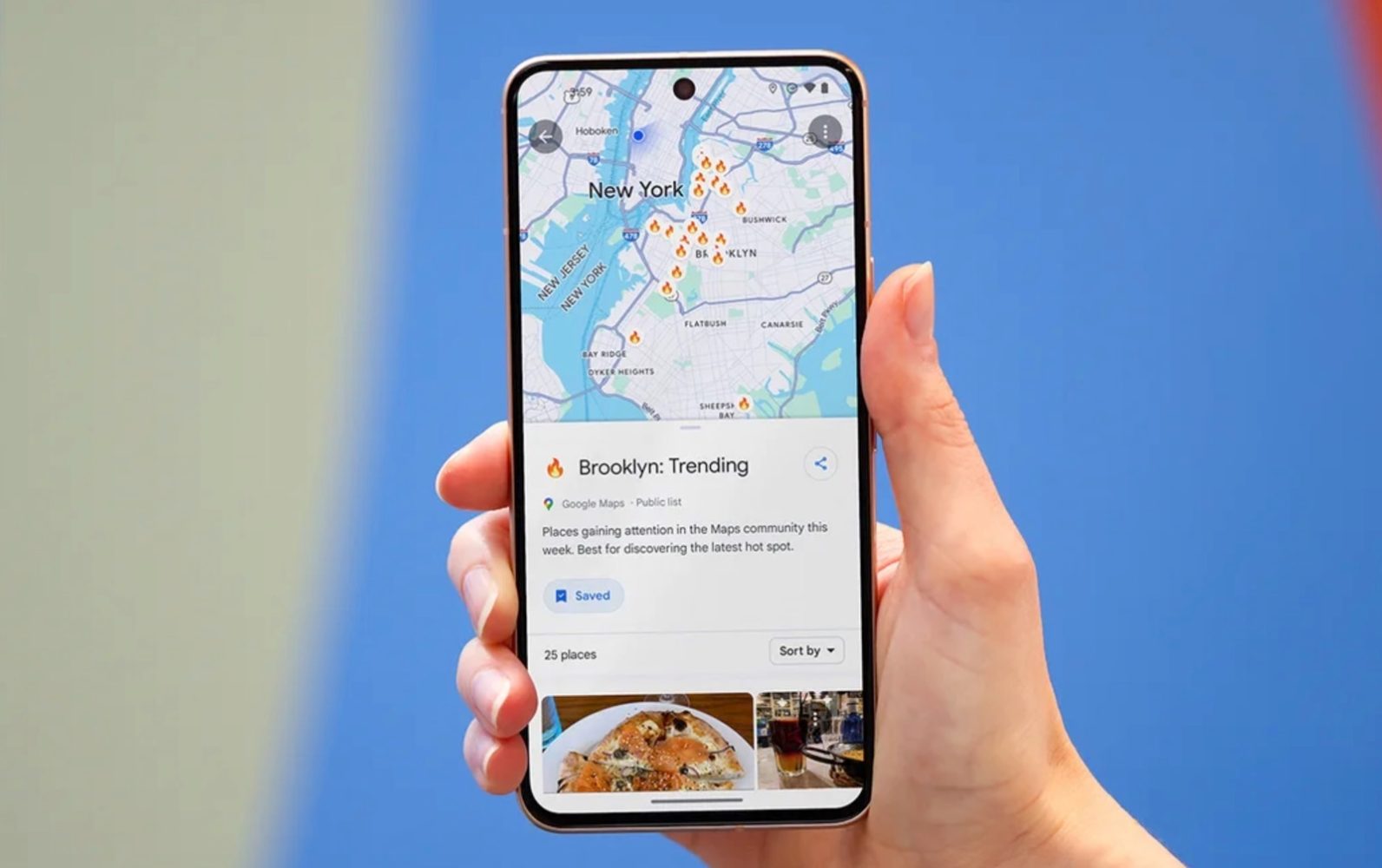



















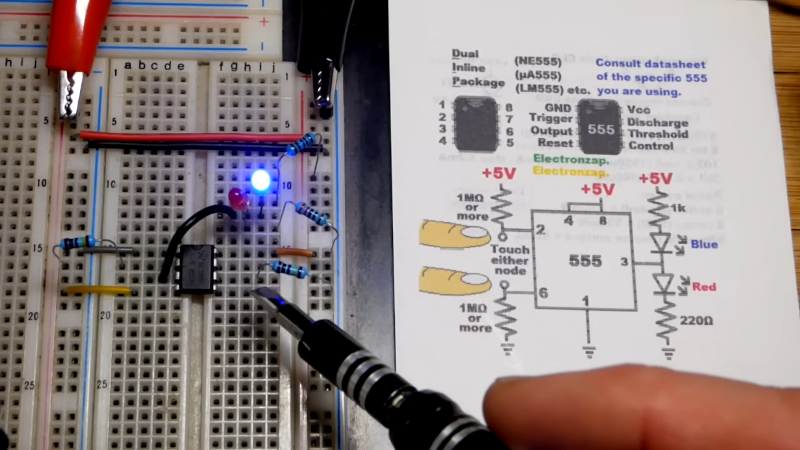

















































.jpg?#)













































































![[The AI Show Episode 142]: ChatGPT’s New Image Generator, Studio Ghibli Craze and Backlash, Gemini 2.5, OpenAI Academy, 4o Updates, Vibe Marketing & xAI Acquires X](https://www.marketingaiinstitute.com/hubfs/ep%20142%20cover.png)


























































































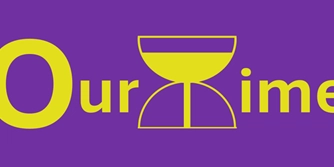





















![Is this a suitable approach to architect a flutter app? [closed]](https://i.sstatic.net/4hMHGb1L.png)






































































































